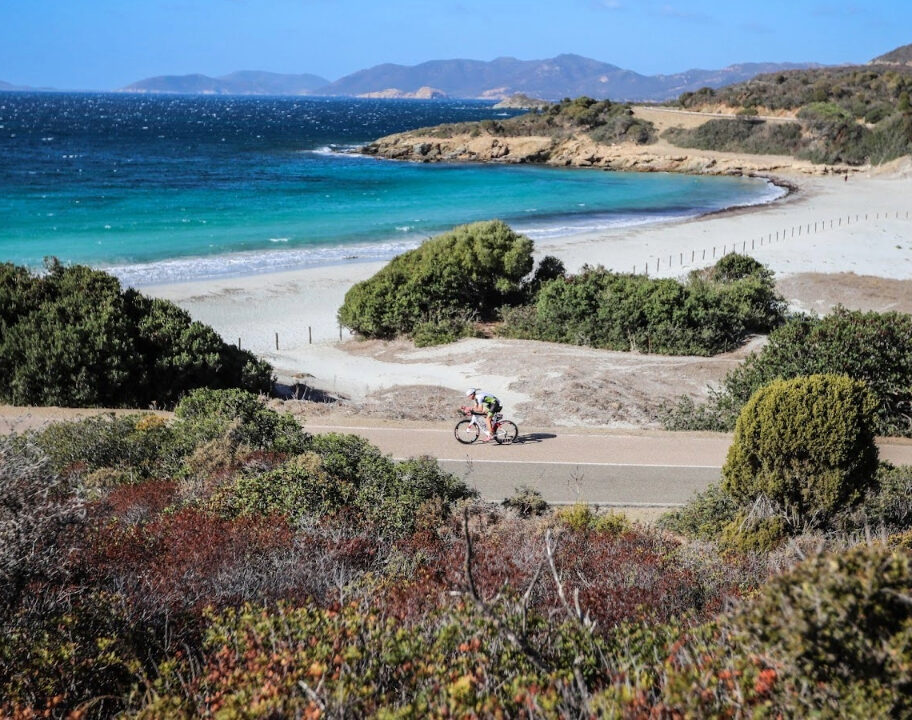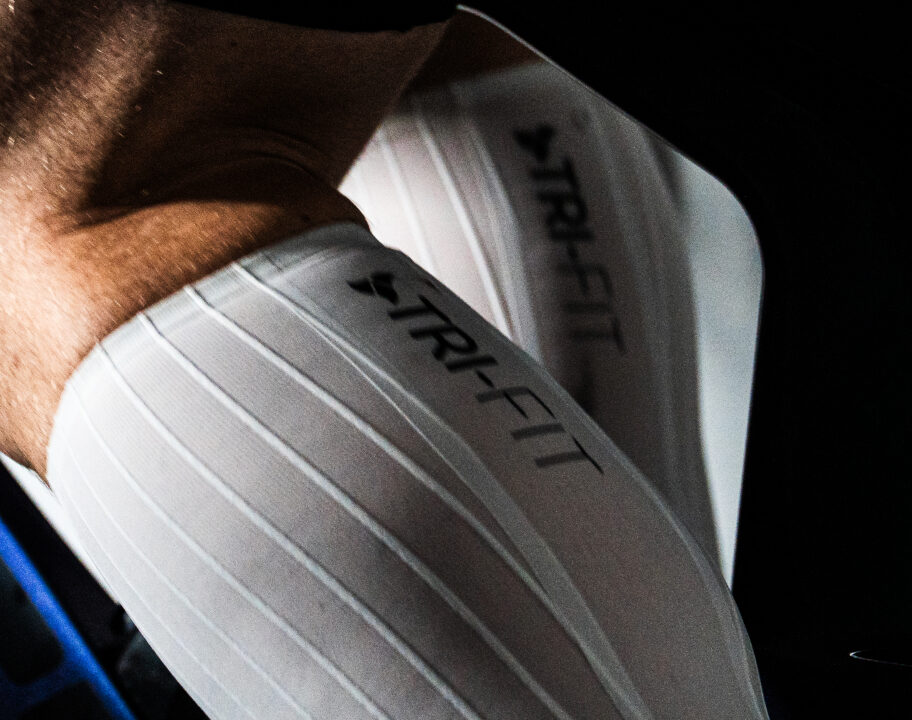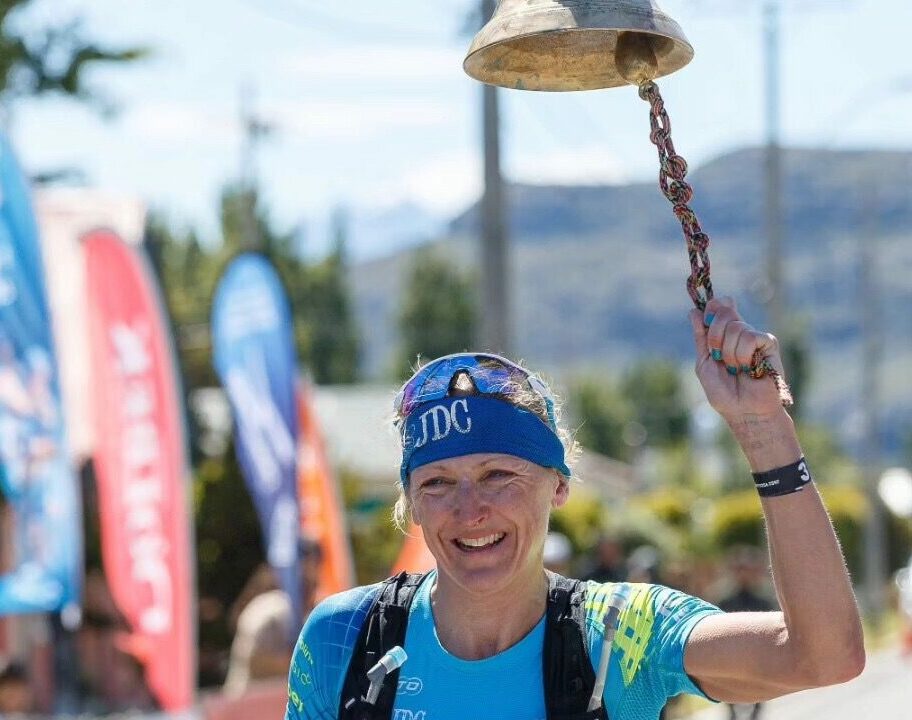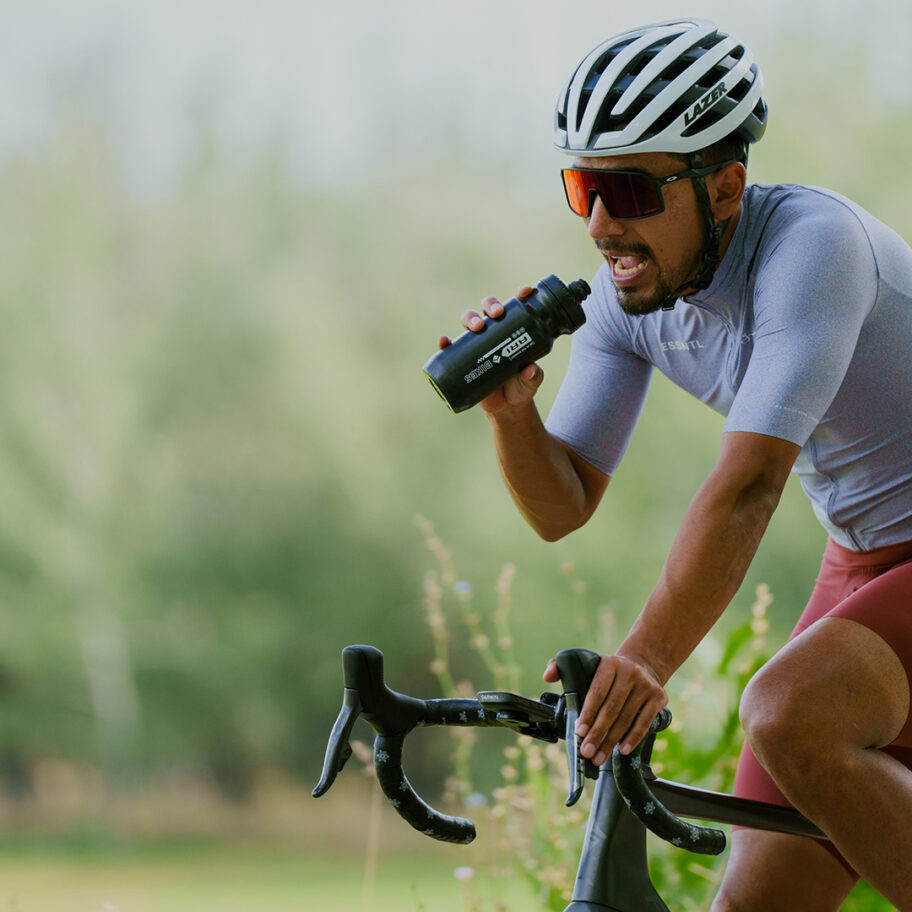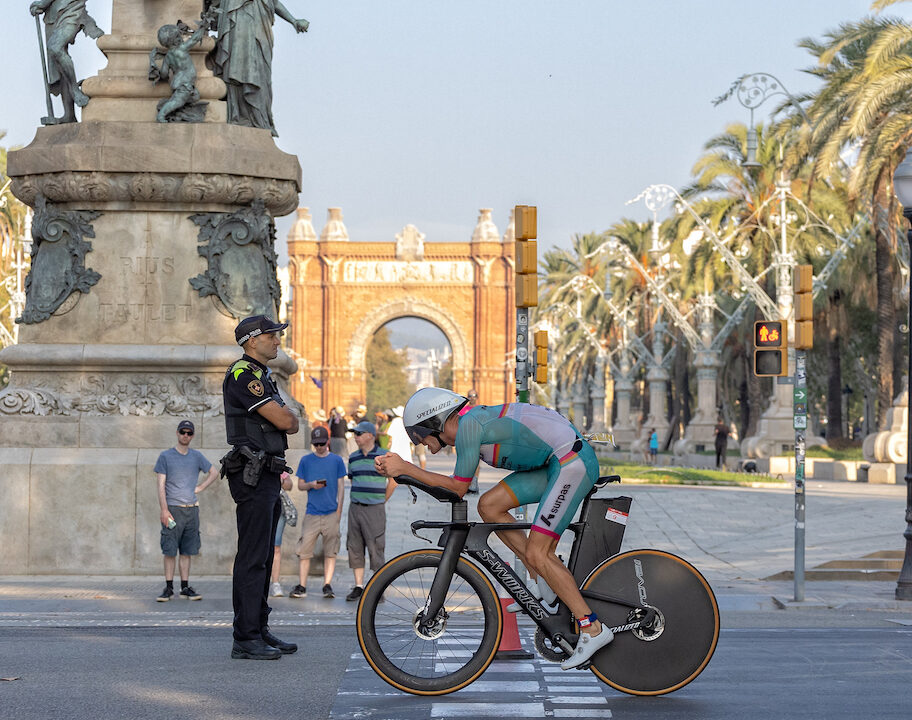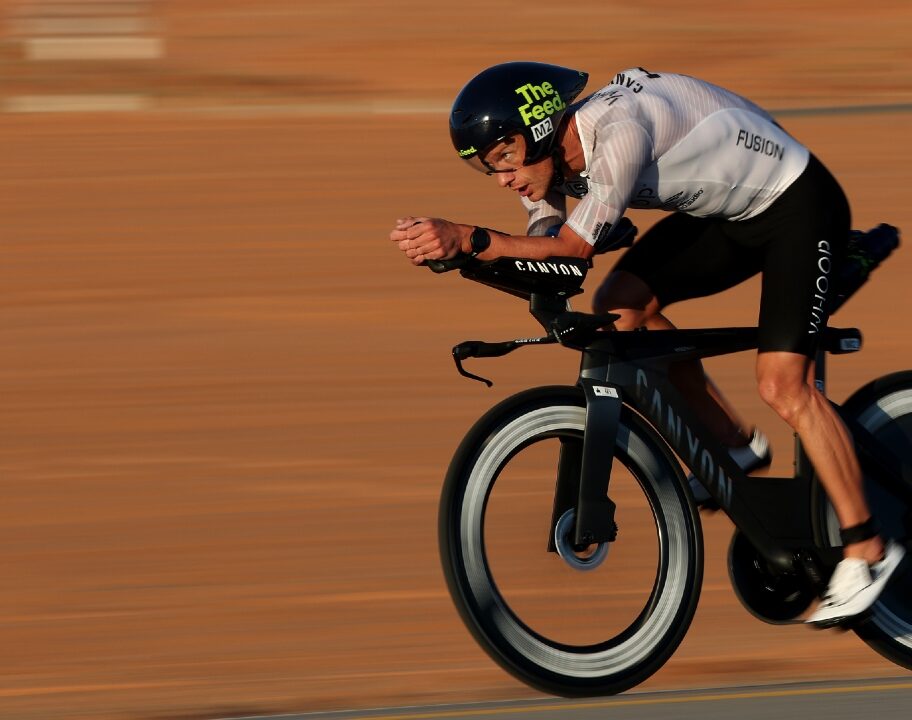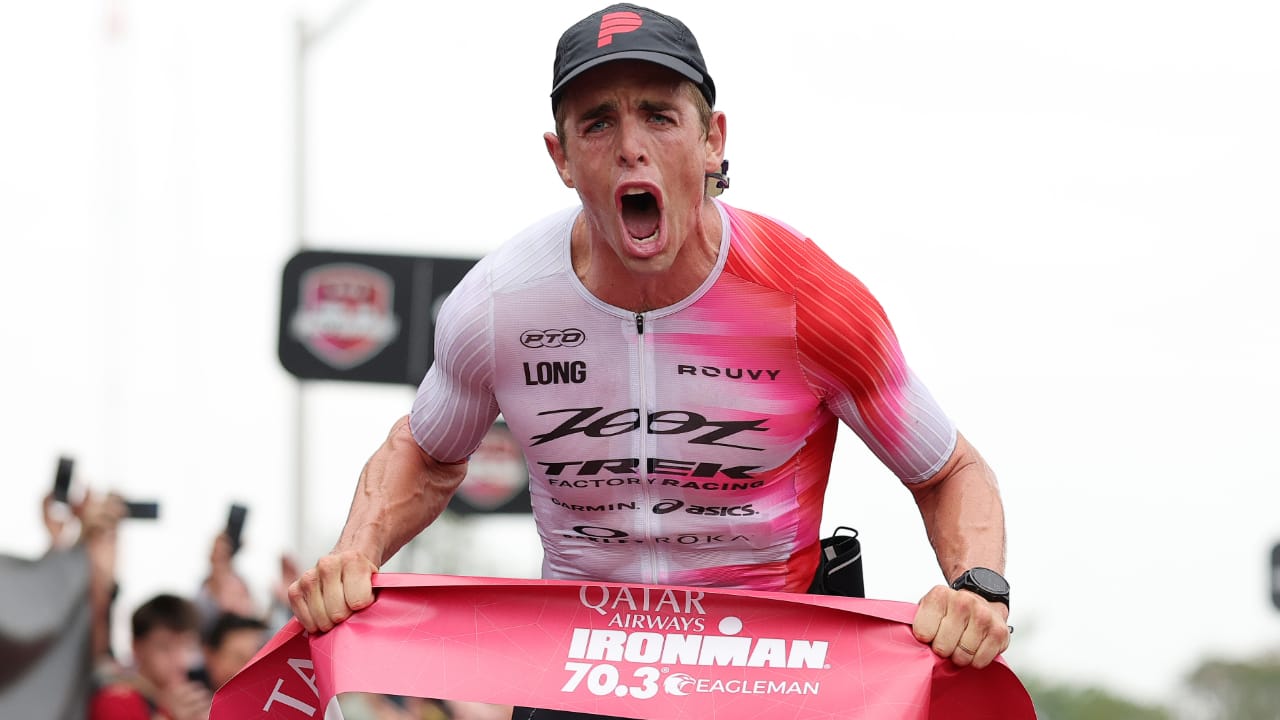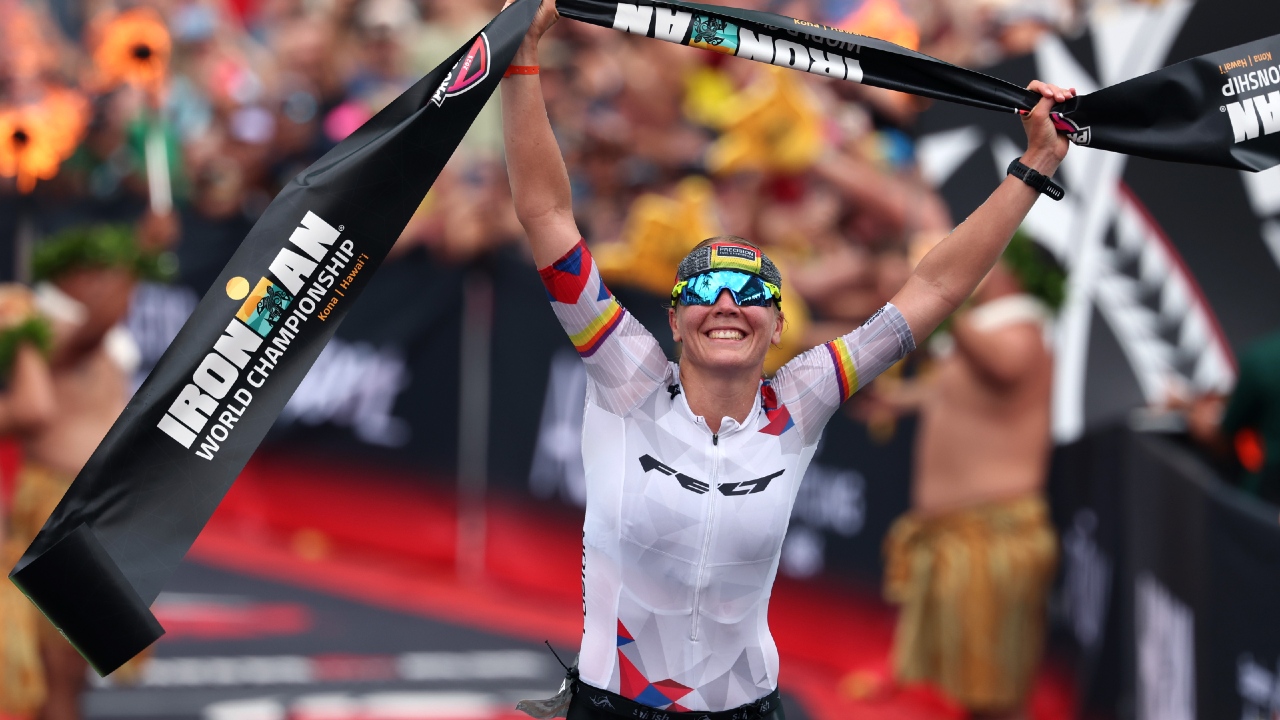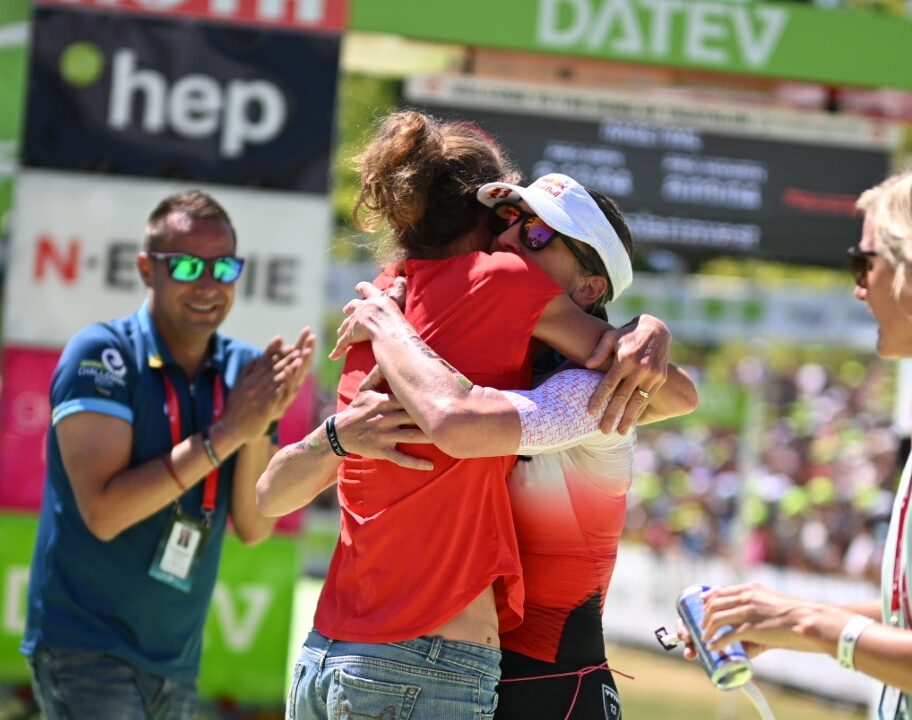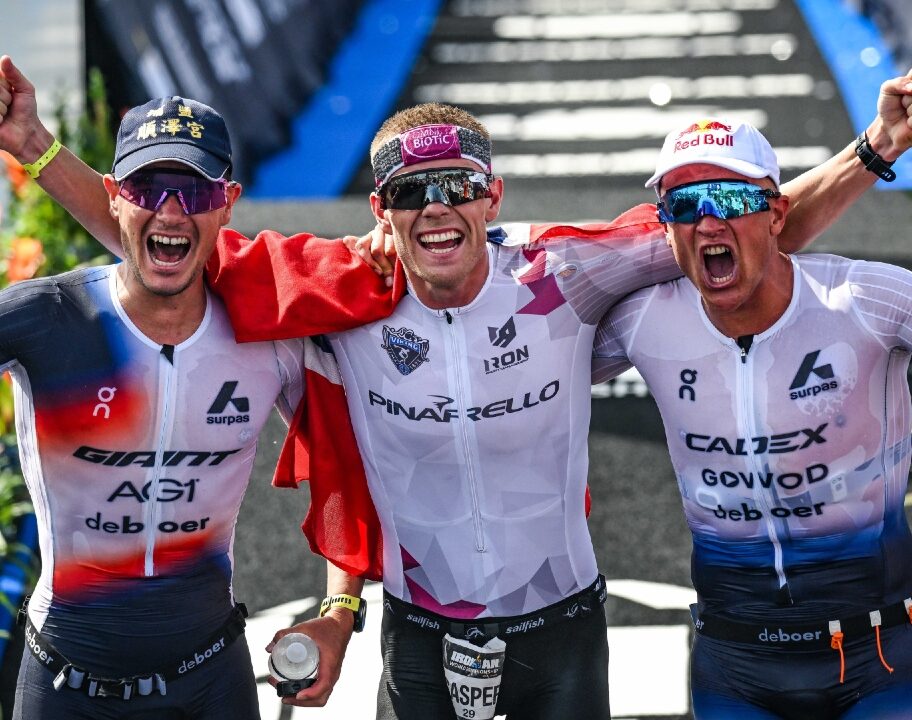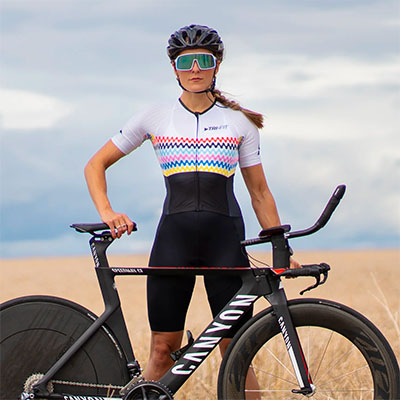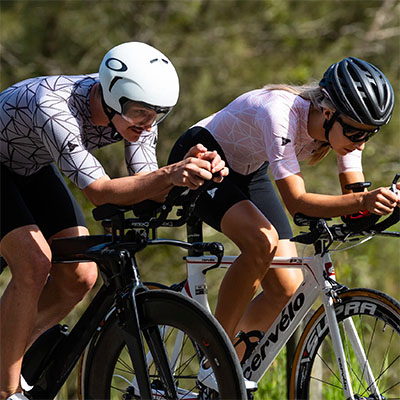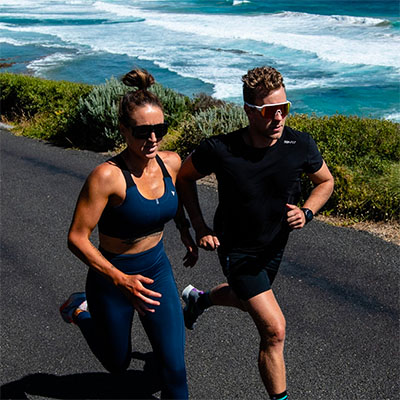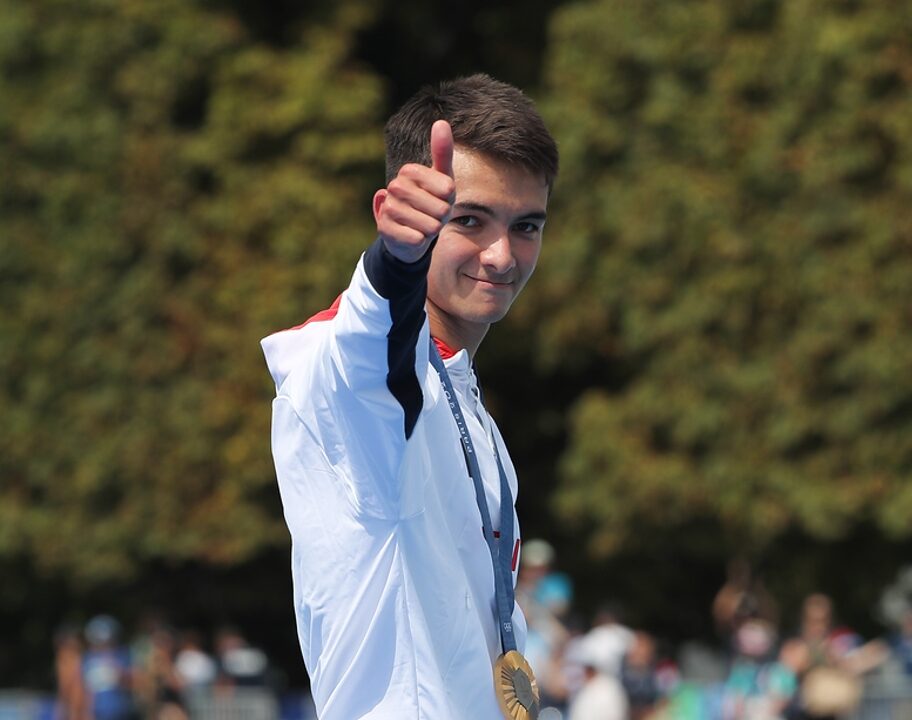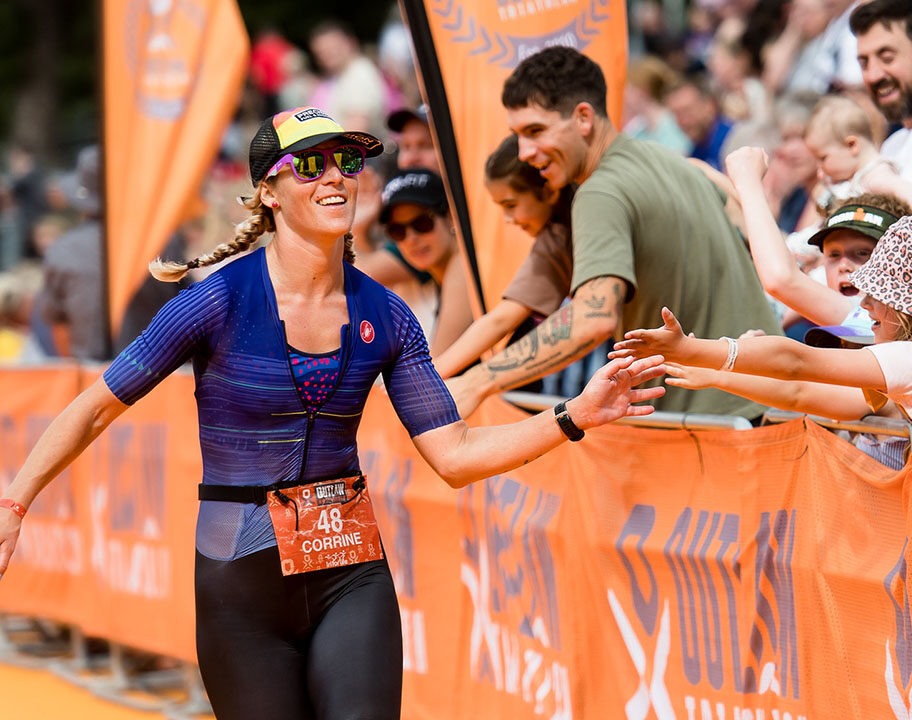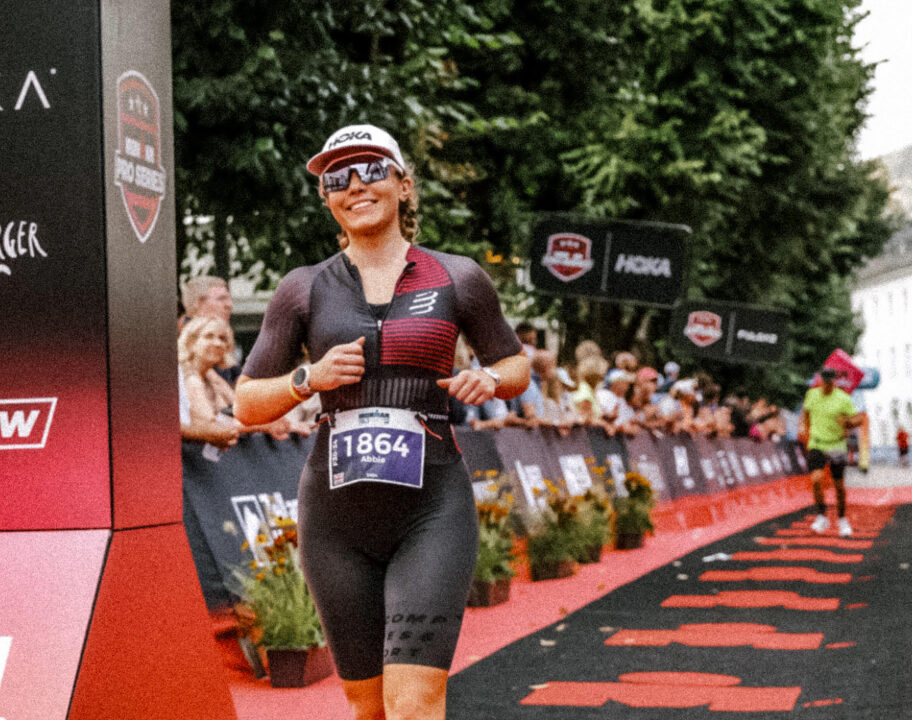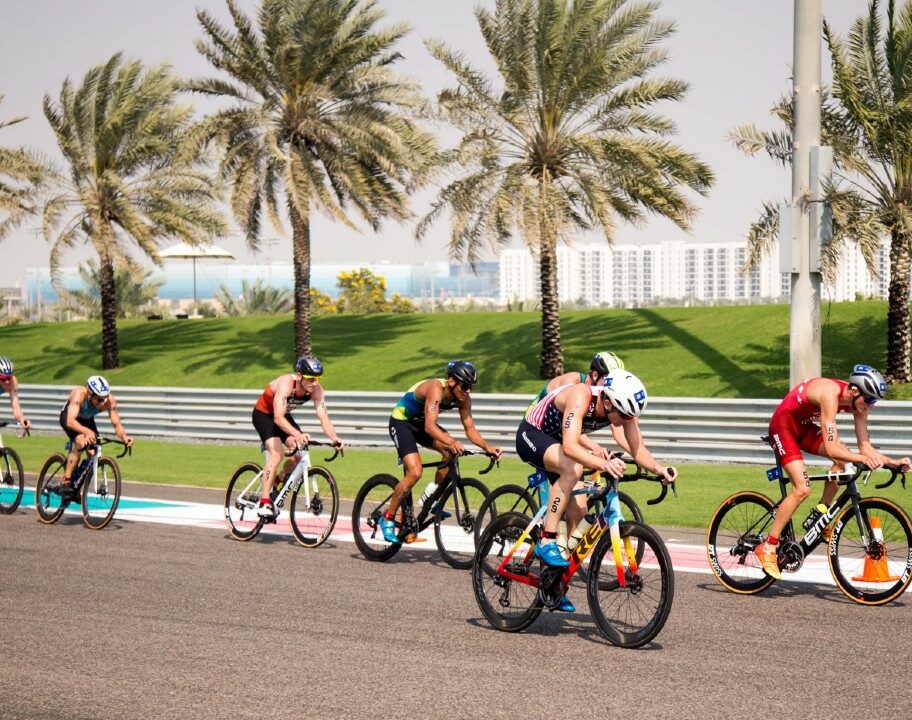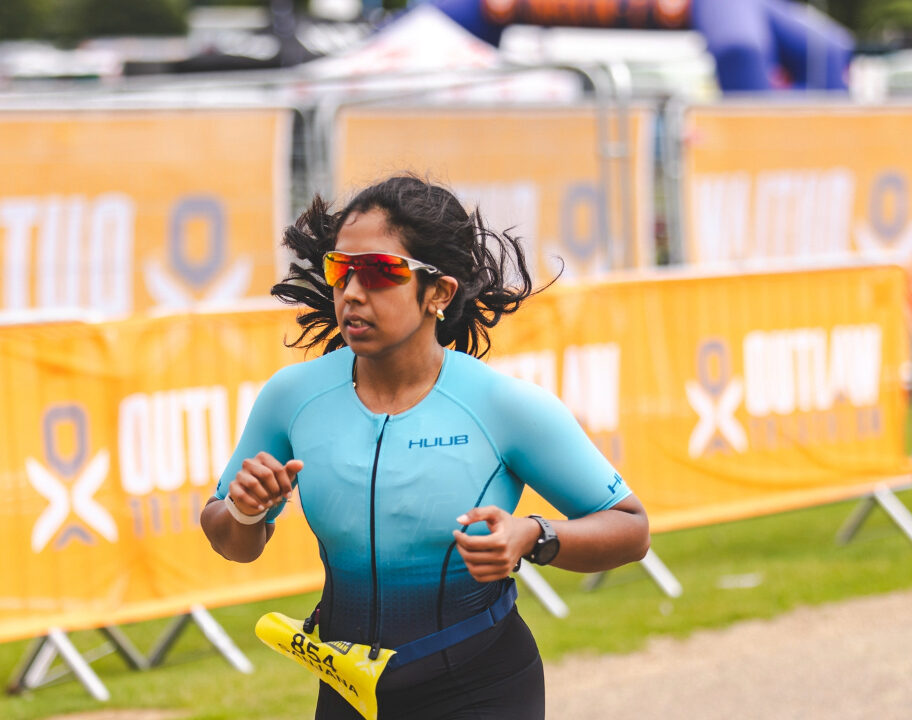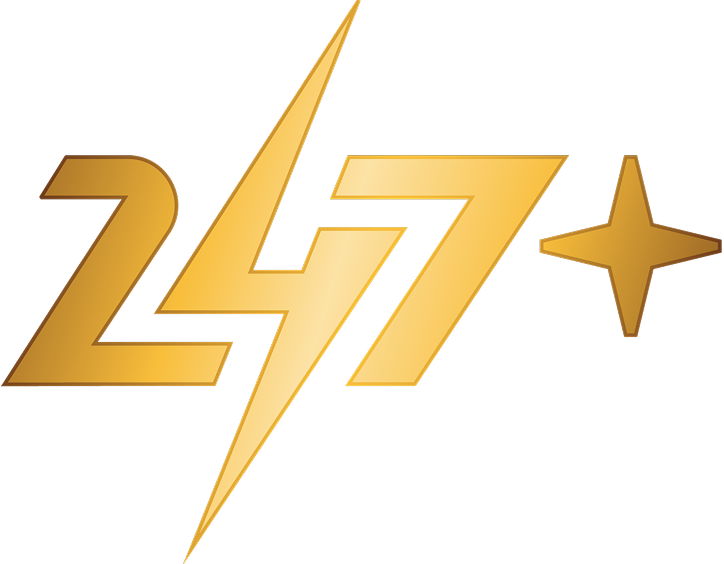Hydration can seem like a necessary burden when racing a triathlon, but finding the best way to carry water on your triathlon bike can help you ride faster and perfect your drinking strategy.
If you’re racing under World Triathlon rules, you’re now limited to four litres in total spread evenly across the bike. You can either carry two litres at the front in any number of bottles and two, two-litre bottles at the back. Or have two litres at the front and two litres in a frame hydration system.
Meanwhile, IRONMAN has introduced similar rules. You are allowed to carry two litres front and two litres back but the difference is that additional bottles stored in the inner frame triangle are permitted.
Whichever rules you’re racing under or if they don’t apply to your triathlon, we’ll suggest the best ways to carry water on your triathlon bike or road bike. For simplicity, we have only focused on bottles and not frame hydrations systems because these vary bike to bike.
We’ve consulted independent testing from AeroCoach, computer modelling from a former Specialized Bicycles aerodynamicist and spoken to Quintana Roo design engineer Brad DeVaney.
Avoid the down tube and go aero
Using a large water bottle on the down tube is the slowest hydration solution tested by AeroCoach. Therefore, if you’re trying to make your road bike faster and more aero, or have bottle cage mounts on your tri bike, this is definitely a place to avoid.
A 8.2W penalty for a 900ml down tube bottle at 40km/h versus no bottle translates into going three minutes 20 seconds slower over 180km.

The same size bottle on the seat tube or behind the saddle would cost you 2:20 and 1:05 respectively. While it’s often easy to mount a rear bottle cage to a TT / tri-specific saddle, some mounts are also compatible with road bike saddles.
If you do attach bottles to your frame, go for aero over round. According to the same AeroCoach bottle testing, half-litre aero bottles are much faster than round bottles. An aero bottle on the down tube will cost you 30 seconds over 180km at 40kph – that’s one minute and 35 seconds less than a 500ml round bottle in the same place.
How to position bottles behind the saddle
A 500ml bottle placed behind the saddle tested delivered the smallest aero penalty and can even be faster than not having one there.
Understandably, hiding the bottle behind you is faster than having it on the frame in the wind. The reason a bottle mounted behind you can be faster than not having one at all is more complex.
![Sam Laidlow IRONMAN World Championship 2024 Kona bike [Photo credit: Getty Images for IRONMAN]](https://www.tri247.com/wp-content/uploads/2024/10/Sam-Laidlow-IRONMAN-World-Championship-2024-Kona-bike.jpg)
According to Ingmar Jungnickel, a former aerodynamicist at Specialized Bicycles who has conducted computational flow dynamics (CFD) simulations on bottle position, it could be because a curved back causes a lot of air to flow downwards off it. He believes the bottle(s), provided they are as close as possible to the saddle and flat, act as a spoiler, making air pass more horizontally off the back.
Under World Triathlon rules, your rear hydration hardware has to fit within an imaginary 30cm x 30cm box, which excludes bottles. So you can angle them as you wish.
Bottle angle
Quintana Roo’s DeVaney also believes you should tilt your rear bottles.
“If my chest is on an angle, I want my bottle on an angle,” he says. “If you’re extremely flat, then I simply want to position that bottle in relation to the body.
Optimal bottle angle depends on the triathlete’s position and dimensions, so DeVaney caveats the flat-bottle-is-faster theory.
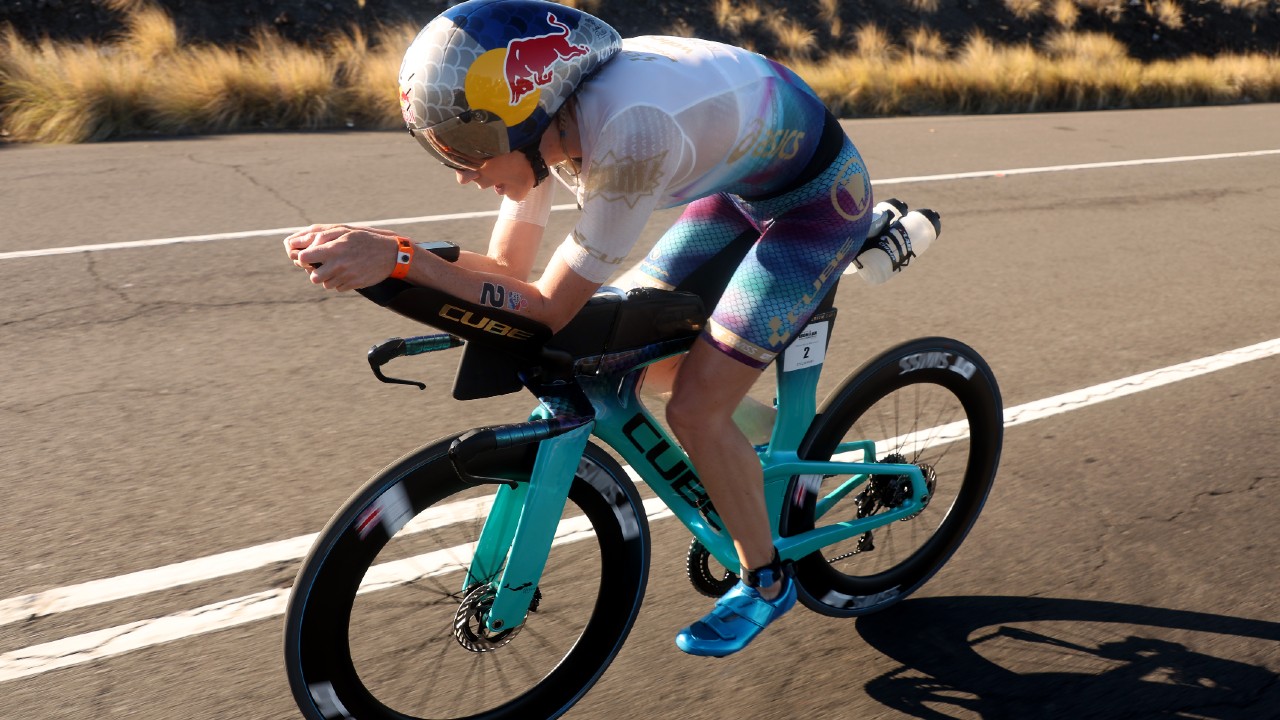
“I would love to have an absolute answer that works for everyone, but I’ve not found that. And that’s where I see potential innovation moving forward,” he adds. “But once again, that’s very, very athlete specific.”
Kristian Høgenhaug recently used the EZ Hydro Gains rear bottle cage holder from EZ Gains, which positions the bottle(s) flat and right behind the saddle, on his way to setting the record bike split at the Mainova IRONMAN Frankfurt European Championships.
The owner of EZ Gains, Clinton Butcher, says the holder is up to 7W faster at 45km/h than a traditional rear bottle cage holder, according to wind-tunnel testing at the Silverstone Engineering hub. The EZ Hydro Gains with a 500ml bottle fitted was faster than carrying no water, as other testing has found.
How to position bottles between the arms
Luckily for triathletes looking to meet their hydration and fuelling needs, front bottles may also be faster than not carrying any.
Jungnickel’s CFD modelling found that one or two front bottles saved 5W at 40km/h compared to no bottles. That amounts to a saving of 117.5 seconds over 180km.
![Magnus Ditlev IRONMAN World Championship 2024 Kona bike [Photo credit: Getty Images for IRONMAN]](https://www.tri247.com/wp-content/uploads/2024/10/Magnus-Ditlev-IRONMAN-World-Championship-2024-Kona-bike.jpg)
To store your bottles between the arms (BTA), DeVaney recommends a BTA rail, BTA riser or combination of the two. The former gives you a more level platform to place bottles into cages while the latter raises the bottles closer to your hands, potentially aiding both access and aerodynamics.You don’t have to choose between one or the other.
DeVaney says: “The combination use of those two is really handy.
“It’s a Swiss Army knife that can be adjusted to varying widths. Also, the size of the arm is very important.”
Larger athletes might need a long riser and “the lean, more refined athlete is going to be able to bring that BTA a little bit lower, closer to the arms.”
In general, DeVaney recommends carrying two, litre bottles across the rail / riser, but he adds: “Dimensionally some folks, depending on their position, may need to go to 750ml.”
Bottles usually face in different directions in rail and risers. “In the forward facing position of course use a conventional litre bottle,” DeVaney says. When it’s empty, “Either hand that off or leave it open so that you can pick up aid station bottles and use a bottle cage that’s going to responsibly maintain those aid station bottles,” he adds.
Potentially an aero bottle beneath the rail
“On the underside [of the rail], I like an aero bottle,” says DeVaney. “Typically that’s going to have a nutrition product in it and be something that is going to last the majority of the bike course.”
Whether it contains more carbohydrates or sodium, DeVaney says: “Make sure you’re using a sleek container and that it’s packaged so that it can be dispensed directly into your mouth.
“And then pick up more fresh water on course. I think that’s the most efficient way.”
Triathletes who try to mix up more carb or electrolyte during the race are probably reducing time spent in the aero position or are having to stop.
Don’t forget hand position
Notwithstanding the importance of bottle placement and angle, DeVaney says there is a limit to how much time you can save, particularly regarding the area between the arms.
“The greatest element that’s happening there is hand position. I’m not going to lie to you,” he adds.
“There’s so much happening ahead of the BTA that’s got to be done properly.
If you’ve got poor hand position, then the BTA is really important. If you’ve got fantastic hand position, then you’re creating disruption that allows you to get away with something different in the BTA area.”
Verdict: how to carry water in a triathlon
In summary, avoid carrying bottles on your down tube or seat tube. But if you do place bottles there, they ideally should be aero ones.
Behind you, it’s likely best to position your bottle flat and close to the saddle. It may be even faster to have two there than one.
At the front of the bike too, bottles may be faster than no bottles, but optimal placement is athlete-dependent.

